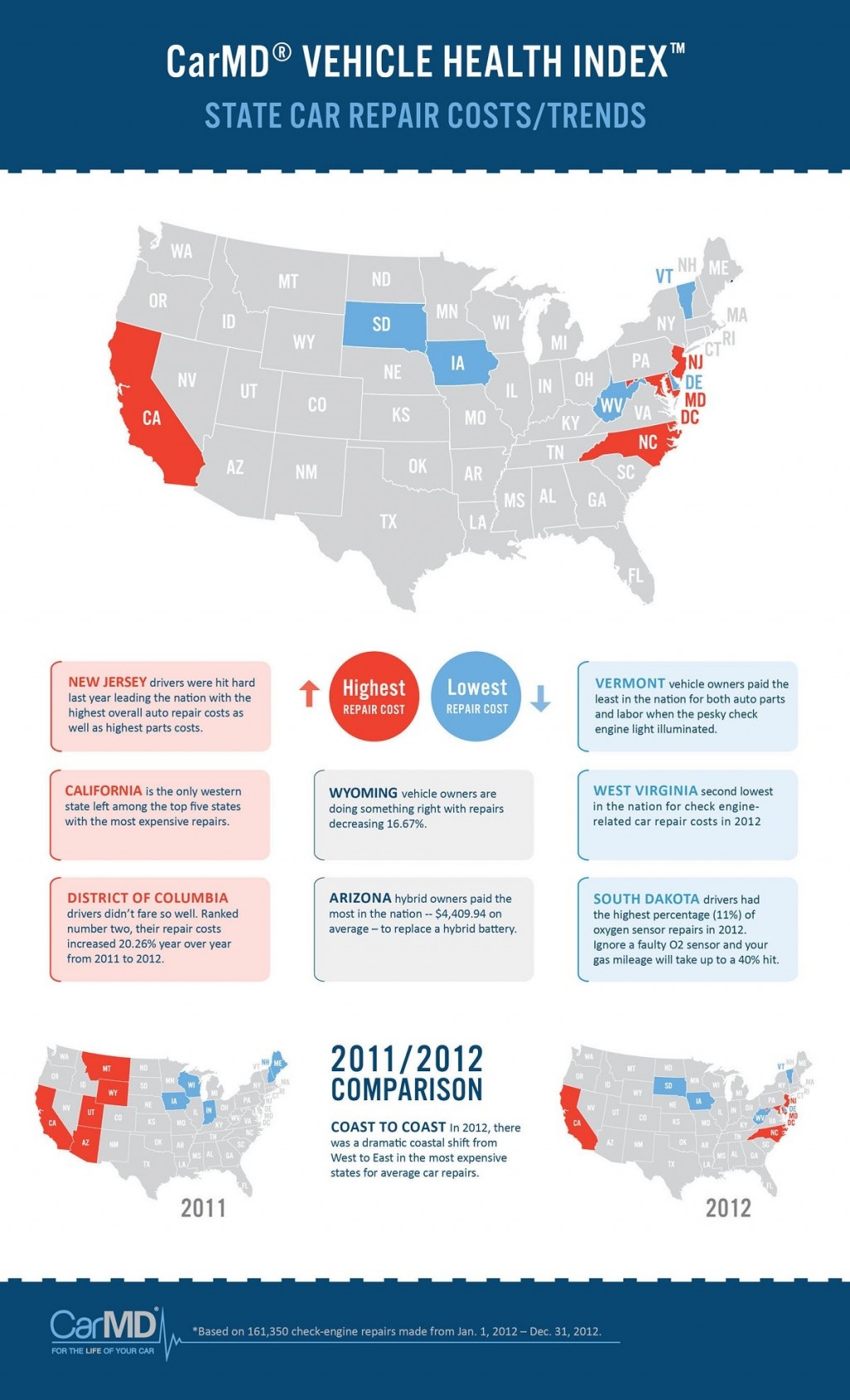Decoding Your Automobile'S Warning Indicators: What They Really Signify
Decoding Your Automobile'S Warning Indicators: What They Really Signify
Blog Article
Writer-Faulkner Winters
When you're behind the wheel, those glowing caution lights on your dashboard can be a bit bewildering. Do you recognize what they're attempting to inform you about your auto's health and wellness? Recognizing the relevance of these lights is important for your security and the durability of your lorry. So, the next time among those lights appears, wouldn't you want to understand its message accurately and take the essential steps to resolve it?
Common Caution Lighting and Interpretations
Identify typical warning lights in your cars and truck and understand their significances to make sure safe driving.
The most typical warning lights consist of the check engine light, which signifies concerns with the engine or discharges system. If this light comes on, it's essential to have your vehicle inspected promptly.
linked internet site advising light indicates reduced oil pressure, needing immediate focus to prevent engine damage.
A blinking battery light may recommend a faulty billing system, potentially leaving you stranded otherwise dealt with.
The tire stress surveillance system (TPMS) light alerts you to low tire pressure, influencing vehicle security and fuel performance. Overlooking this can result in unsafe driving problems.
The abdominal muscle light indicates a problem with the anti-lock braking system, endangering your ability to quit swiftly in emergencies.
Finally, the coolant temperature level cautioning light warns of engine getting too hot, which can result in serious damage otherwise settled quickly.
Recognizing these common warning lights will aid you address problems promptly and keep safe driving conditions.
Significance of Prompt Interest
Recognizing the typical caution lights in your auto is only the very first step; the significance of immediately addressing these cautions can't be highlighted enough to guarantee your safety when traveling.
When a warning light brightens on your dashboard, it's your automobile's means of interacting a potential concern that needs attention. Ignoring these cautions can result in extra serious issues in the future, jeopardizing your safety and potentially costing you much more in repairs.
Prompt attention to warning lights can protect against breakdowns and crashes. As an example, a blinking check engine light can indicate a misfire that, if left unattended, could trigger damage to the catalytic converter. Resolving this promptly can conserve you from an expensive fixing.
Likewise, a brake system cautioning light might signal low brake fluid or used brake pads, critical parts for your safety when driving.
DIY Troubleshooting Tips
If you observe a caution light on your control panel, there are a couple of DIY troubleshooting tips you can try before seeking specialist help.
The first step is to consult your automobile's guidebook to understand what the details warning light shows. Often the concern can be as easy as a loose gas cap triggering the check engine light. Tightening up the gas cap might settle the problem.
An additional typical issue is a low battery, which can trigger numerous warning lights. Checking the battery links for deterioration and ensuring they're secure may take care of the issue.
If a warning light lingers, you can attempt resetting it by disconnecting the vehicle's battery for a couple of minutes and after that reconnecting it. In addition, inspecting your automobile's fluid degrees, such as oil, coolant, and brake liquid, can assist troubleshoot advising lights associated with these systems.
Verdict
To conclude, recognizing your cars and truck's caution lights is important for maintaining your automobile running efficiently and securely. By immediately addressing look at this site and understanding what they suggest, you can prevent pricey fixings and possible break downs.
local detailing services in mind to consult your car's manual for specific details on each advising light and do something about it accordingly to make sure a trouble-free driving experience.
Keep notified, stay safe when driving!
